Foot care
- Home
- Foot care

"The human foot is a masterpiece of engineering and a work of art.” – holds true even today but we often neglect this very important part of our body hidden away in coverings of socks and shoes that are often ill-fitting. Stuck at the disadvantaged end of our body we forget the hard work our feet do for us and often land up with foot problems like corns, calluses, warts, toenail fungal infections, ingrown toenails, blisters and cracked feet among others.
These are hard, thickened areas of skin that form as a result of friction or pressure on the skin can develop anywhere on the body where there is repeated friction (hands of a mechanic, musicians). They develop naturally to help protect the skin underneath them.
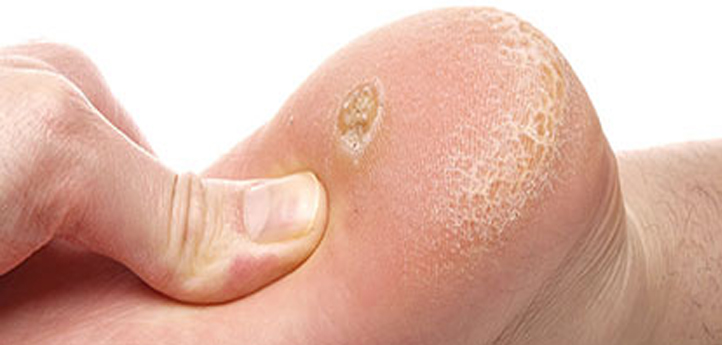
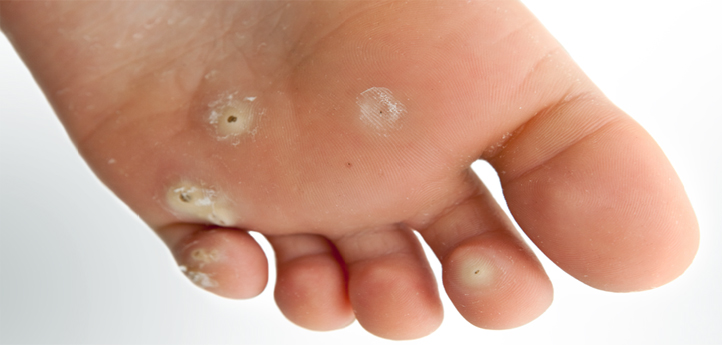
Develop due to bone pressure against the skin. Common sites on the top and sides of the toes and on the balls of the feet. They are 2 kinds hard and dry or soft and mushy. Common causes of corns arthritis or poorly-fitting shoes.
A common condition if severe & neglected acts as a portal of entry to microorganisms leading to cellulitis (swollen reddened and painful legs) In severe untreated cases can cause pain & bleeding Gradual response to treatment no complete cure.
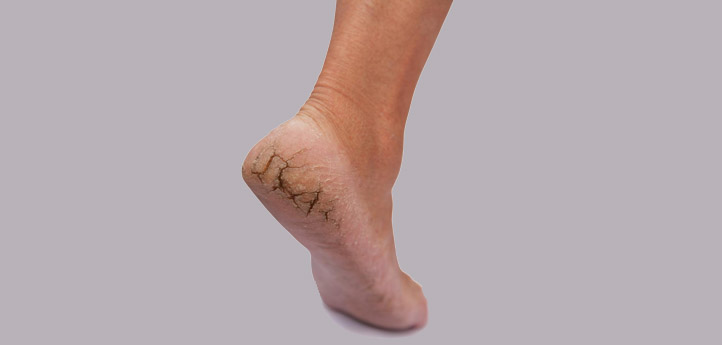
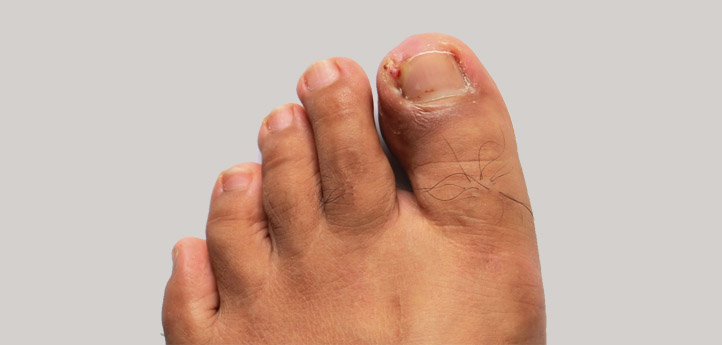
Most common site: Big toe A painful condition of the nail, if unattended leads to infection with pain, oozing and difficulty in walking Ill-fitting footwear, poor trimming of nails, excessive sweating, poor foot hygiene attributes to incurving of the nail into the lateral skin fold, Treatment depends upon the severity.
Can be confined to the soles alone usually involves the palms also in case it is termed as palmoplantar psoriasis. Can occur as a part of generalised type psoriasis Seen as Well-circumscribed, red, scaly, plaques or dry & thickened skin with deep painful cracks (fissures). Can affect the nails and joints too thereby warranting treatment.
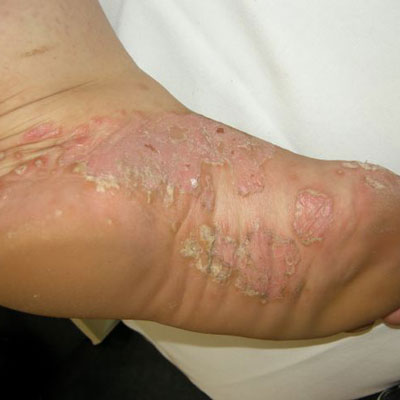

A viral infection of the skin caused by human papillomavirus, several treatment modalities are available. different types of treatment may be combined. Treatment depends on the site and the type of wart. Periungual (outside the nail) and subungual (underneath the nail) warts are difficult to treat. However, the immune system plays an important role in recognizing and clearing the virus.
Most common nail disorder Asymptomatic manifests as discoloration, thickening, brittleness, splitting of nails prolonged occlusion and moisture retention, occupational trauma being the common risk factors Treatment depends on the patient’s age, number of nails involved, the extent of involvement.

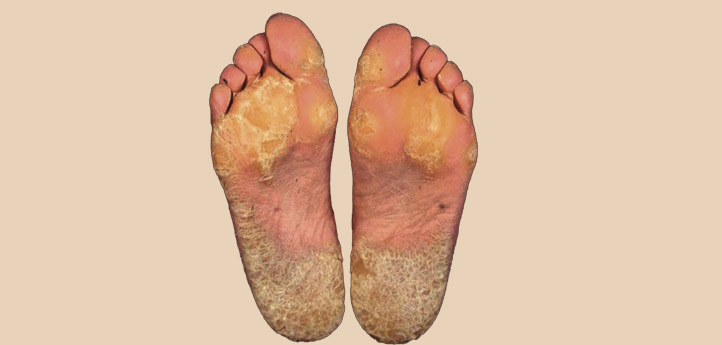
Marked thickening of the skin of palms and soles, can be hereditary or acquired if hereditary several other manifestations can co-exist a detailed evaluation is necessary in acquired cases, it could be secondary to pre-existing skin dermatoses treatment depends on the type of keratoderma only conservative management.
A fungal infection in between the toes. Presents as a red scaly rash with itching, stinging and burning. Risk factors: sweaty feet & tight fitting footwear dryness & scaling on the soles can extend to the side of the sole.
